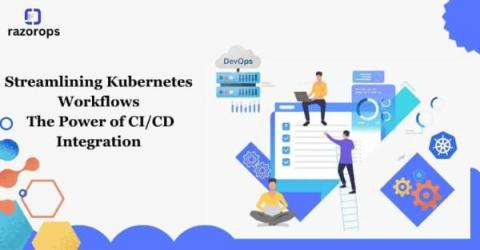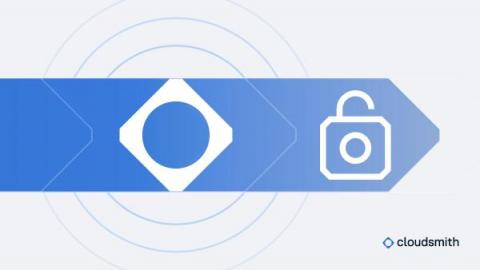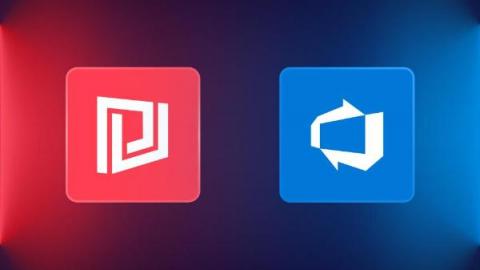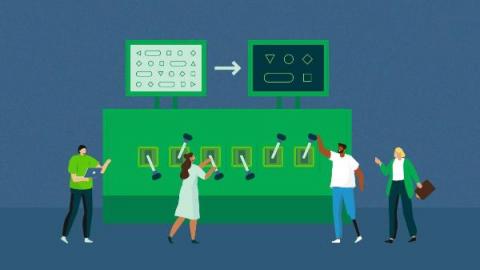Operations | Monitoring | ITSM | DevOps | Cloud
CI CD
The latest News and Information on Continuous Integration and Development, and related technologies.
Helm deployments to a Kubernetes cluster with CI/CD
Containers and microservices have revolutionized the way applications are deployed on the cloud. Since its launch in 2014, Kubernetes has become a de-facto standard as a container orchestration tool. Helm is a package manager for Kubernetes that makes it easy to install and manage applications on your Kubernetes cluster. One of the benefits of using Helm is that it allows you to package all of the components required to run an application into a single, versioned artifact called a Helm chart.
Streamlining Kubernetes Workflows The Power of CI/CD Integration
In the ever-evolving landscape of software development, where agility and reliability are paramount, Kubernetes has emerged as a game-changer with its container orchestration capabilities. However, as applications become more complex and distributed, managing Kubernetes workflows presents a unique set of challenges.
Cloudsmith's Enhanced Security with Policy Management
Learn all about how Cloudsmith ensures robust cloud-native software artifact management, emphasizing authentication, license compliance, and vulnerability mitigation, all while maintaining a holistic approach to security.
Real Azure DevOps use case: A SaaS company's CI/CD pipelines
How do companies actually use Azure DevOps? What are the use cases? We took a look at how the team at SquaredUp uses Azure DevOps to build their CI/CD pipelines and deploy new features to their SaaS product.
Progressive delivery for Kubernetes Config Maps using Argo Rollouts
Argo Rollouts is a Kubernetes controller that allows you to perform advanced deployment methods in a Kubernetes cluster. We have already covered several usage scenarios in the past, such as blue/green deployments and canaries. The Codefresh deployment platform also has native support for Argo Rollouts and even comes with UI support for them.
Why you need an artifact management platform for best-in-class software delivery
Discover the pivotal role of artifact management platforms in software delivery. Learn how Cloudsmith streamlines storage, boosts security, scales effortlessly, and more. Elevate your software delivery with indispensable tools and insights. The tools and strategies you employ in software delivery can make all the difference when distributing and managing software. As the intricacies of software projects amplify, the call for streamlined, secure, and adaptable solutions becomes undeniable.
Progressive delivery on Kubernetes with CircleCI and Argo Rollouts
Containers and microservices have revolutionized the way applications are deployed on the cloud. Since its launch in 2014, Kubernetes has become a de-facto standard as a container orchestration tool. With traditional approaches of deploying applications in production, developers often release updates or new features all at once, which can lead to issues if there are bugs or other issues that weren’t caught during testing.
Continuous Deployment vs. Delivery | Differences Explained
Feature flags for stress-free continuous deployment
Feature flags (also known as feature toggles or switches) are conditional statements in code that determine whether a feature or functionality is visible and accessible to users of an application or service. They offer programmers a powerful tool for managing feature releases. Their capabilities are indispensable in software development, where agility and continuous, automated delivery are paramount.











